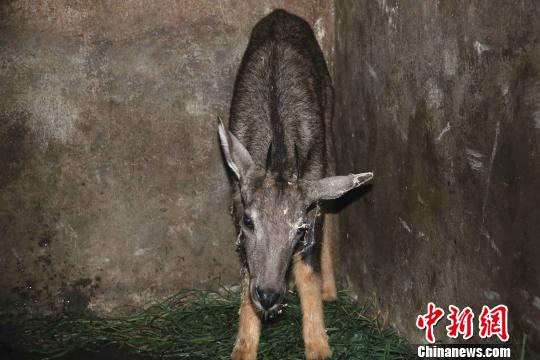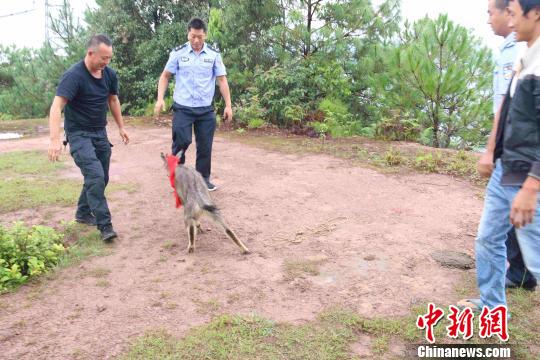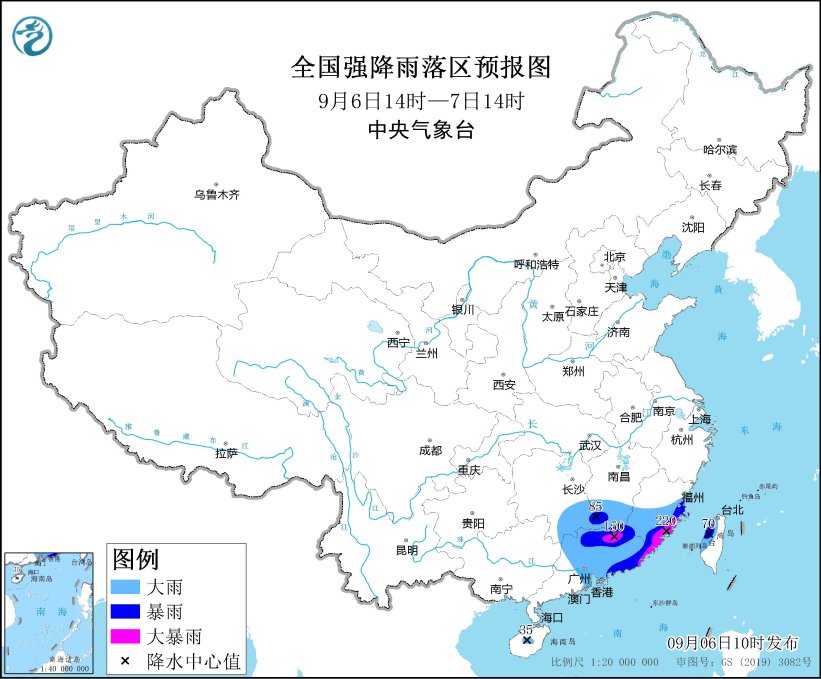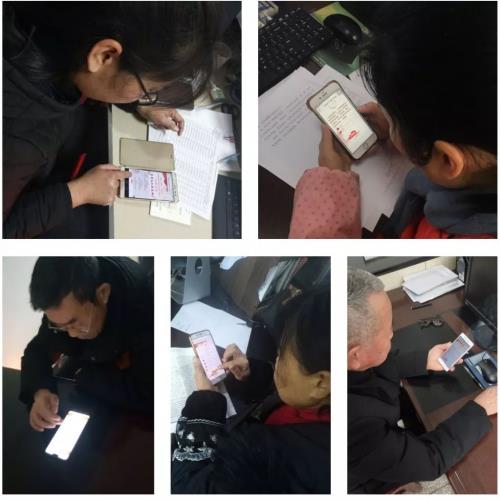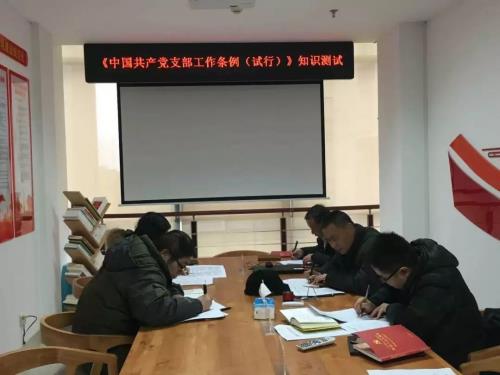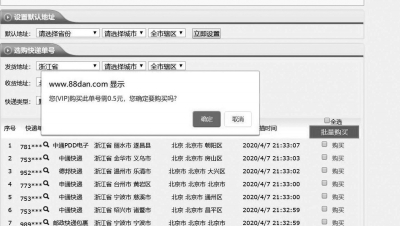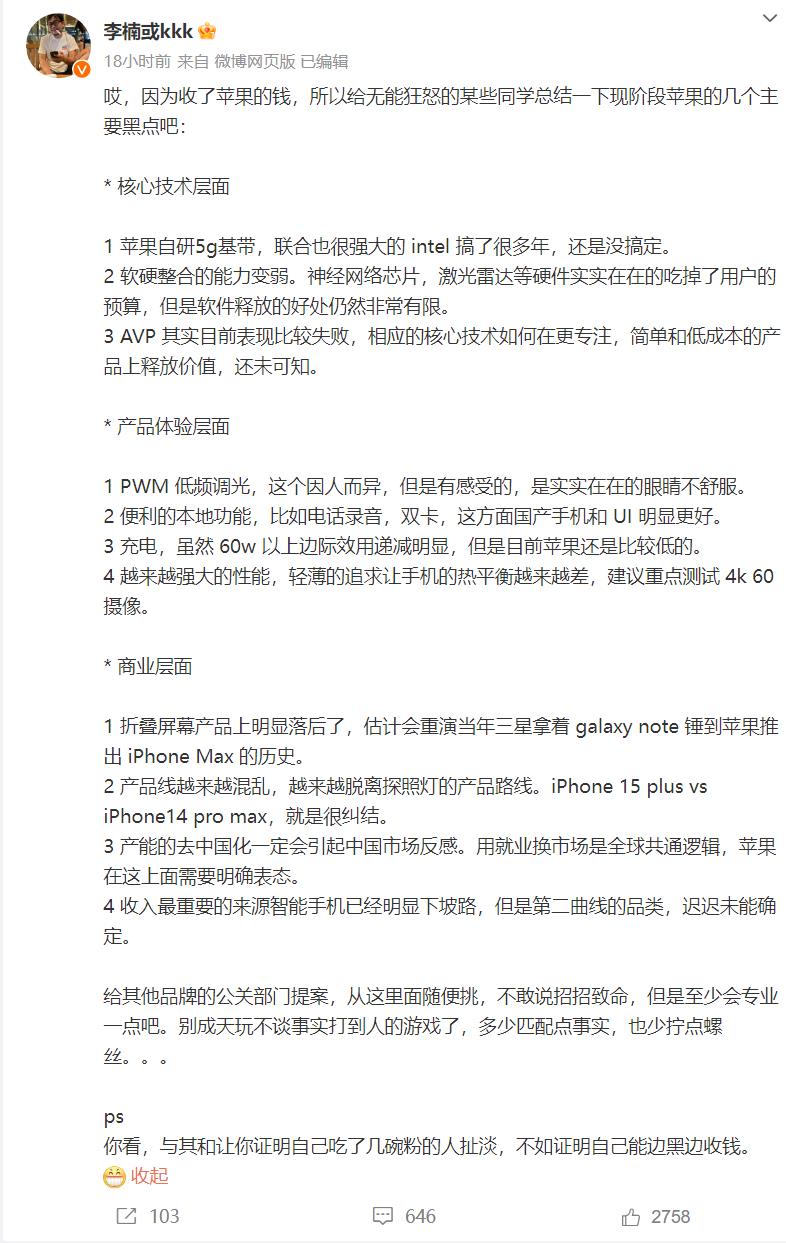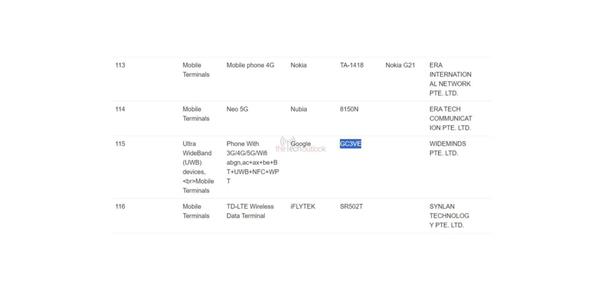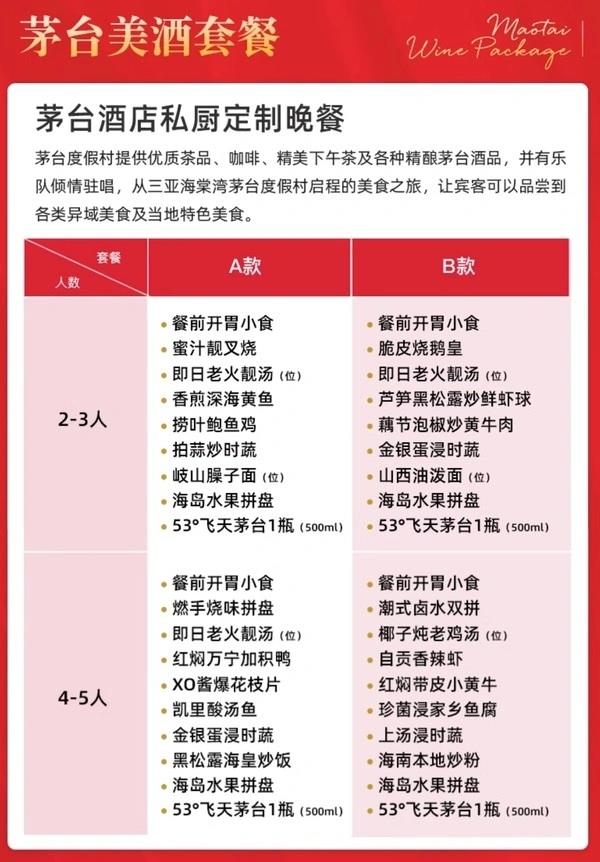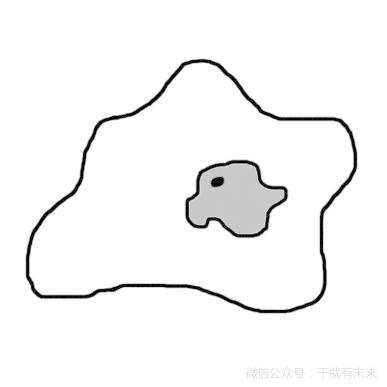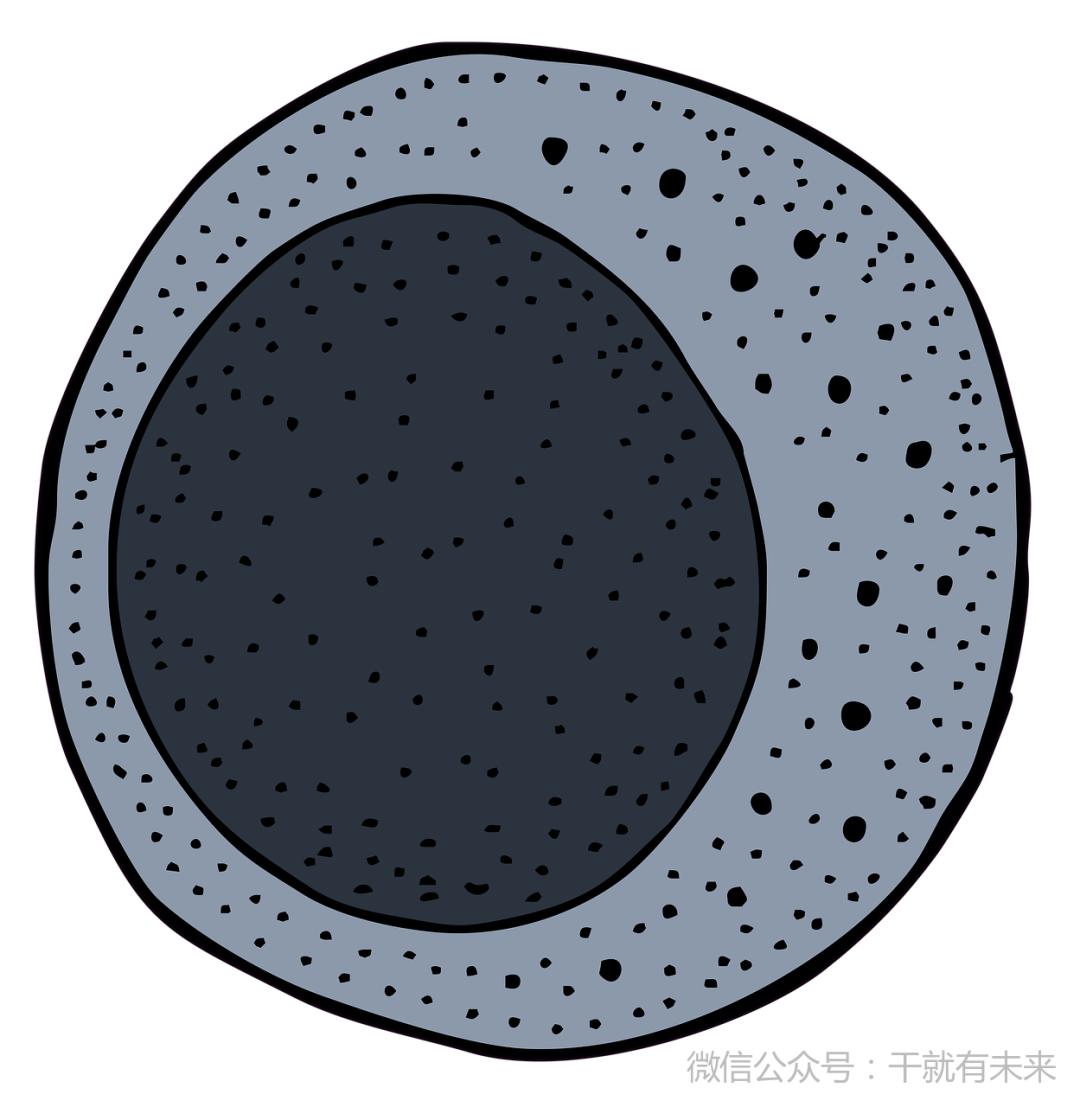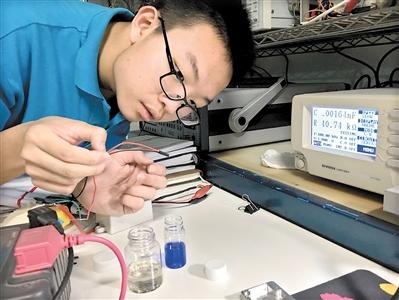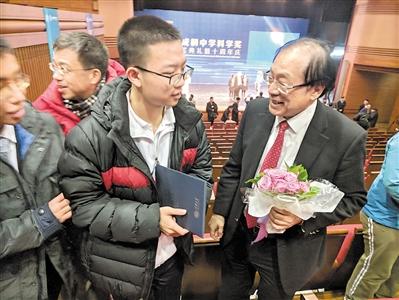In 2020, under the strong leadership of the provincial party committee and the provincial government, the province’s education system adhered to the guidance of the Supreme Leader’s Socialism with Chinese characteristics Thought in the new era, fully implemented the spirit of the 19th National Congress of the Communist Party of China and the Second, Third, Fourth and Fifth Plenary Sessions of the 19th National Congress, thoroughly studied and implemented the important exposition of the Supreme Leader on education, the spirit of the national and provincial education conferences and the Party’s education policy, accelerated the modernization of education, built a strong education province, and ran a satisfactory education for the people, and made new progress in the development of various educational undertakings at all levels.
I. Synthesis
There are 15,330 schools of all levels and types in the province [1], an increase of 153 schools or 1.01% over the previous year; There were 8,319,173 students in schools and educational institutions at all levels, an increase of 283,345 students or 3.53% over the previous year; There were 525,911 full-time teachers, an increase of 14,562 or 2.85% over the previous year.
Second, preschool education
There are 8,204 kindergartens in the province, an increase of 156 or 1.94% over the previous year. Pre-school education in the park [2] 501,347 children; There are 1,413,426 children in the kindergarten [3], an increase of 23,894 or 1.72% over the previous year.
There are 178,817 kindergarten teachers and staff, an increase of 9,101 or 5.36% over the previous year; There were 98,276 full-time teachers, an increase of 3,228 or 3.40% over the previous year.
Third, compulsory education
There are 6,251 compulsory education schools in the province, with 913,913 students, 4,060,324 students and 278,194 full-time teachers.
1. Primary school
There are 4,610 primary schools in the province, a decrease of 30 or 0.65% over the previous year. 514,146 students were enrolled, an increase of 3,213 students or 0.63% over the previous year; There were 2,892,019 students in school, an increase of 116,145 or 4.18% over the previous year; There were 398,105 graduates, an increase of 7,914 or 2.03% over the previous year. The net enrollment rate of primary school-age children [4] is 99.97%.
There are 173,278 teaching and administrative staff in primary schools [5] (excluding nine-year compulsory schools and twelve-year compulsory schools), an increase of 6,206 over the previous year, with an increase of 3.71%; There were 177,084 full-time teachers, an increase of 6,375 or 3.73% over the previous year. The qualification rate of full-time teachers [6] is 100%, which is the same as last year. The ratio of students to teachers is 16.33:1.
The total number of primary schools was 74,111, an increase of 2,752 over the previous year. Among them, there were 1,612 large classes with 56-65 students, 2,658 fewer than the previous year, accounting for 2.18% of the total number of classes, down 3.81 percentage points from the previous year; There are 0 super classes with more than 66 people.
2. Junior high school
There are 1,641 junior middle schools in the province, an increase of 29 or 1.80% over the previous year. Enrolled 399,767 students, an increase of 7,448 students or 1.90% over the previous year; 1,168,305 students, an increase of 44,786 or 3.99% over the previous year; There were 353,880 graduates, an increase of 2,520 or 0.72% over the previous year. The gross enrollment rate in junior high school [7] is 107.29%.
There are 117,314 junior high school teachers and staff, an increase of 4,449 or 3.94% over the previous year; There are 101,110 full-time teachers, an increase of 1,187 or 1.19% over the previous year. The qualification rate of junior high school full-time teachers was 99.97%, which was the same as last year. The ratio of students to teachers is 11.55:1.
The total number of junior high school classes is 25,659, an increase of 1,086 over the previous year. Among them, there were 234 large classes with 56-65 students, a decrease of 660 over the previous year, accounting for 0.91% of the total number of classes, a decrease of 2.73 percentage points over the previous year; There are 0 super-large classes with more than 66 people.
3. Migrant children [8]
There are 406,378 children of migrant workers in the compulsory education stage. Among them, 311,424 students attended primary schools and 94,954 students attended junior high schools.
Fourth, special education
There are 70 special education schools in the province, an increase of 4 or 6.06% over the previous year. There are 1,614 full-time teachers in special education schools, an increase of 95 or 6.25% over the previous year.
Enrolled 3,185 special education students in various forms [9], a decrease of 13 students or 0.41% over the previous year; There were 19,361 students, an increase of 1,002 or 5.46% over the previous year; There were 3,156 graduates, an increase of 744 or 30.85% over the previous year.
Fifth, high school education
There are 694 schools in the province’s high school education [10], a decrease of 7 schools or 1.00% over the previous year; Enrolled 319,589 students, a decrease of 2,314 students or 0.72% over the previous year; There were 934,235 students in school, a decrease of 7,185 or 0.76% compared with the previous year.
1. Ordinary high schools
There are 464 ordinary high schools in the province, 7 fewer than the previous year, down by 1.49%; Enrolled 212,548 students, a decrease of 164 students or 0.08% over the previous year; There were 654,448 students, a decrease of 29,443 or 4.31% over the previous year; There were 241,318 graduates, a decrease of 10,917 or 4.33% over the previous year.
There are 86,958 teaching and administrative staff in ordinary senior high schools, a decrease of 915 or 1.04% over the previous year. There were 57,224 full-time teachers, a decrease of 249 or 0.43% over the previous year. The ratio of students to teachers is 11.44:1. The qualification rate of full-time teachers’ academic qualifications was 99.41%, an increase of 0.33 percentage points over the previous year.
2. Secondary vocational education
There are 230 secondary vocational education [11] schools in the province, which is the same as last year. Among them, there are 31 general secondary specialized schools, which is the same as last year; 196 vocational high schools, unchanged from the previous year; There are 3 adult secondary specialized schools, the same as last year.
Secondary vocational education enrolled 107,041 students, 2,150 fewer than the previous year, accounting for 33.49% of the total enrollment of senior high school education in the province. Among them, general secondary specialized schools enrolled 27,660 students, an increase of 1,629 students or 6.26% over the previous year; Vocational high schools enrolled 79,280 students, a decrease of 3,820 students or 4.60% over the previous year; Adult secondary specialized schools enrolled 101 students, an increase of 41 students or 68.33% over the previous year.
There are 279,787 students in secondary vocational education, an increase of 22,258 over the previous year, accounting for 29.95% of the total number of students in high school education in the province. Among them, there are 70,400 students in general secondary specialized schools, an increase of 8,441 or 13.62% over the previous year; There are 209,061 students in vocational high schools, an increase of 13,785 over the previous year, an increase of 7.06%; There are 326 students in adult secondary specialized schools, 32 more than the previous year, with an increase of 10.88%.
There were 73,941 secondary vocational education graduates, an increase of 923 or 1.26% over the previous year. Among them, there were 17,251 graduates from ordinary secondary specialized schools, an increase of 352 over the previous year; 56,588 vocational high school graduates, an increase of 663 over the previous year; There were 102 graduates from adult secondary specialized schools, 92 fewer than the previous year.
There are 19,741 teachers and staff in secondary vocational education schools, an increase of 841 over the previous year. Among them, there are 2,666 faculty members in ordinary secondary specialized schools, a decrease of 430 from the previous year; There are 16,896 teaching and administrative staff in vocational high schools, an increase of 1,276 over the previous year; There are 179 teaching and administrative staff in adult secondary specialized schools, 5 fewer than the previous year.
There are 15,190 full-time teachers in secondary vocational education schools, an increase of 843 over the previous year. Among them, there are 1,853 full-time teachers in ordinary secondary specialized schools, a decrease of 298 over the previous year; There are 13,216 full-time teachers in vocational high schools, an increase of 1,118 over the previous year; There are 121 full-time teachers in adult secondary specialized schools, an increase of 23 over the previous year. The ratio of students to teachers is 18.42:1.
VI. Higher education
There are 110 higher education schools in the province. Among them, there are 96 ordinary colleges and universities, an increase of 1 over the previous year, and 14 adult colleges and universities. There are 57 ordinary undergraduate colleges, the same as last year. There are 39 higher vocational colleges, an increase of one over the previous year. There are 50 graduate training institutions in the province, including 28 colleges and universities and 22 scientific research institutions. The total number of all kinds of higher education students in the province is [12]1,904,431, an increase of 105,293 over the previous year.
The whole province enrolled 59,041 graduate students [13], an increase of 10,846 over the previous year, with an increase of 22.50%. Among them, 5,681 doctoral students were enrolled, an increase of 541 over the previous year; 53,360 master students were enrolled, an increase of 10,305 over the previous year. There are 165,911 graduate students, an increase of 19,226 or 13.11% over the previous year. Among them, there are 24,886 doctoral students, an increase of 2,068 over the previous year; There are 141,025 master students studying, an increase of 17,158 over the previous year. There were 37,388 graduate students, an increase of 4,918 over the previous year. Among them, 2,942 graduated doctoral students and 34,446 graduated master students.
There were 387,950 students enrolled in general colleges, an increase of 16,058 students or 4.32% over the previous year. 1,210,048 students, an increase of 88,058 or 7.85% over the previous year; There were 291,648 graduates, a decrease of 1,848 or 0.63% over the previous year.
There were 101,297 students enrolled in adult colleges, an increase of 3,651 students or 3.74% over the previous year. There were 218,199 students, an increase of 23,845 or 12.27% over the previous year; There were 73,907 graduates, an increase of 11,552 or 18.53% over the previous year.
There are 110,130 faculty members in colleges and universities in the province, an increase of 2,213 or 2.05% over the previous year; There were 73,436 full-time teachers, an increase of 3,118 or 4.43% over the previous year. The ratio of students to teachers in ordinary colleges and universities is [14]19.00:1. There are 2,381 faculty members in adult colleges and universities, 84 fewer than the previous year; There are 1,306 full-time teachers, an increase of 22 over the previous year.
VII. Private education
There are 4,451 private schools (institutions) at all levels in the province, 340 fewer than the previous year, accounting for 29.03% of the total number of schools at all levels in the province. There are 1,579,305 students, a decrease of 68,109 over the previous year. Among them:
There were 3,913 private kindergartens, a decrease of 341 or 8.02% over the previous year. There are 700,831 children in the park, 127,287 fewer than the previous year, down by 15.37%.
There are 227 private ordinary primary schools, 2 fewer than the previous year, down by 0.87%. There were 258,623 students, an increase of 19,413 or 8.12% over the previous year.
There are 105 private junior high schools, an increase of 4 over the previous year, with an increase of 3.96%. There were 162,171 students, an increase of 10,553 or 6.96% over the previous year.
There are 87 private ordinary high schools, one less than the previous year, down by 1.14%. There were 71,547 students in school, a decrease of 439 students or 0.61% compared with the previous year.
There are 79 private secondary vocational schools, one less than the previous year, down by 1.25%. There were 71,926 students, an increase of 6,561 or 10.04% over the previous year.
There are 32 private colleges and universities (including 10 independent colleges), an increase of 1 over the previous year, with an increase of 3.23%. There were 309,399 students, an increase of 25,818 or 9.10% over the previous year.
Notes:
[1] Due to rounding, some data in the report may be different from the total of sub-items.
[2] Including independent kindergartens and children with kindergarten classes. In 2019, according to the development of education, the index of preschool children entering the park was revised. The number of children entering the park (class) refers to the number of children entering preschool education for the first time.
[3] Including independent kindergartens and children with kindergarten classes.
[4] The net enrollment rate of primary school-age children refers to the percentage of the school-age population in primary education in the total population of the age group stipulated by the state for primary education, which is calculated according to different school age and academic system.
[5] Because the number of teachers and staff in the nine-year compulsory school is included in the junior high school education, the number of teachers and staff in the complete middle school and the twelve-year compulsory school is included in the senior high school education, and the full-time teachers are classified according to the education level, so there are cases where the data of primary school teachers and staff are less than that of full-time teachers.
[6] The qualification rate of full-time teachers’ academic qualifications refers to the percentage of the number of full-time teachers with the minimum academic qualifications stipulated by the state in a certain level of education to the total number of full-time teachers in that level of education. The minimum education requirements for teachers at all levels refer to the relevant provisions in the Teachers Law of People’s Republic of China (PRC): to obtain the qualification of primary school teachers, one should have graduated from a secondary normal school or above; To obtain the qualifications of a junior middle school teacher, a primary vocational school culture teacher and a professional teacher, one should have graduated from a normal college or other college or above; To obtain the qualifications of teachers in senior middle schools and teachers in cultural courses and specialized courses in secondary specialized schools, technical schools and vocational high schools, one should have a bachelor’s degree or above in normal universities or other universities.
[7] Gross enrollment rate refers to the percentage of the total number of students regardless of age in a certain level of education in the population of the age group specified by the state at that level of education. The gross enrollment rate may exceed 100% due to the inclusion of students in the informal age group (younger or over-aged).
[8] The children of migrant workers refer to school-age children and adolescents whose household registration is registered in the rural areas of other provinces (autonomous regions and municipalities) and counties (districts) outside the province, and who go to the urban areas and towns (live together) where their parents are imported and receive compulsory education.
[9] Including special education schools, special education classes, students who study in regular classes and send them to their homes.
[10] High school education includes ordinary high schools and secondary vocational schools.
[11] Secondary vocational education includes general secondary specialized schools, vocational high schools and adult secondary specialized schools, excluding technical schools.
[12] Including graduate students, ordinary undergraduate students, adult undergraduate students, online undergraduate students, higher education self-study exams and other forms of higher education students.
[13] According to the relevant requirements of the Notice of the General Office of the Ministry of Education on Coordinating the Management of Full-time and Part-time Postgraduates (Teaching and Research Department [2016] No.2), the connotation of postgraduate enrollment and students in 2017 changed, and the data of part-time postgraduates increased.
[14] The ratio of students to teachers in ordinary colleges and universities, the total number of students is equivalent to the number of students.
